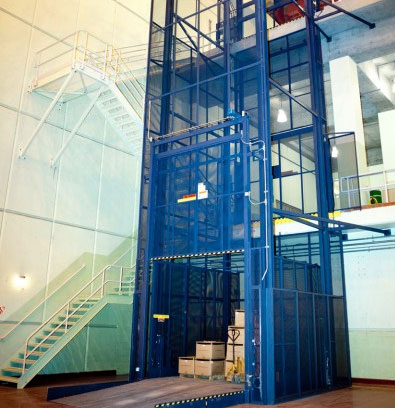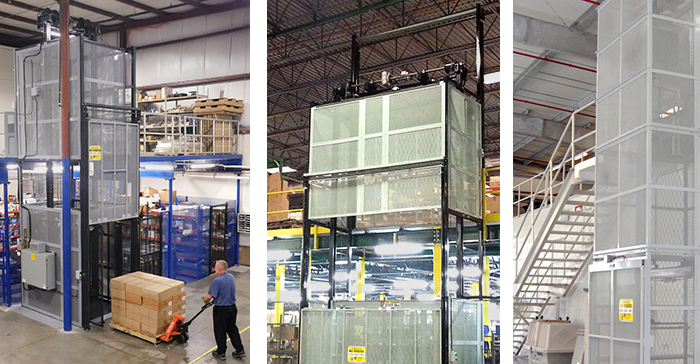
Facility space is expensive—very expensive—so it’s become increasingly important to utilize it to its full potential in any industrial facility. We’ve seen many companies find ways to expand their crowded operation utilizing mezzanines and other elevated work platforms that help seize the vertical cube. There are multiple methods for moving materials between vertical levels, and vertical reciprocating conveyors (VRCs) are one of the best.
With an array of carriage types, drives, designs and power sources available, what vertical lift might meet your needs?





